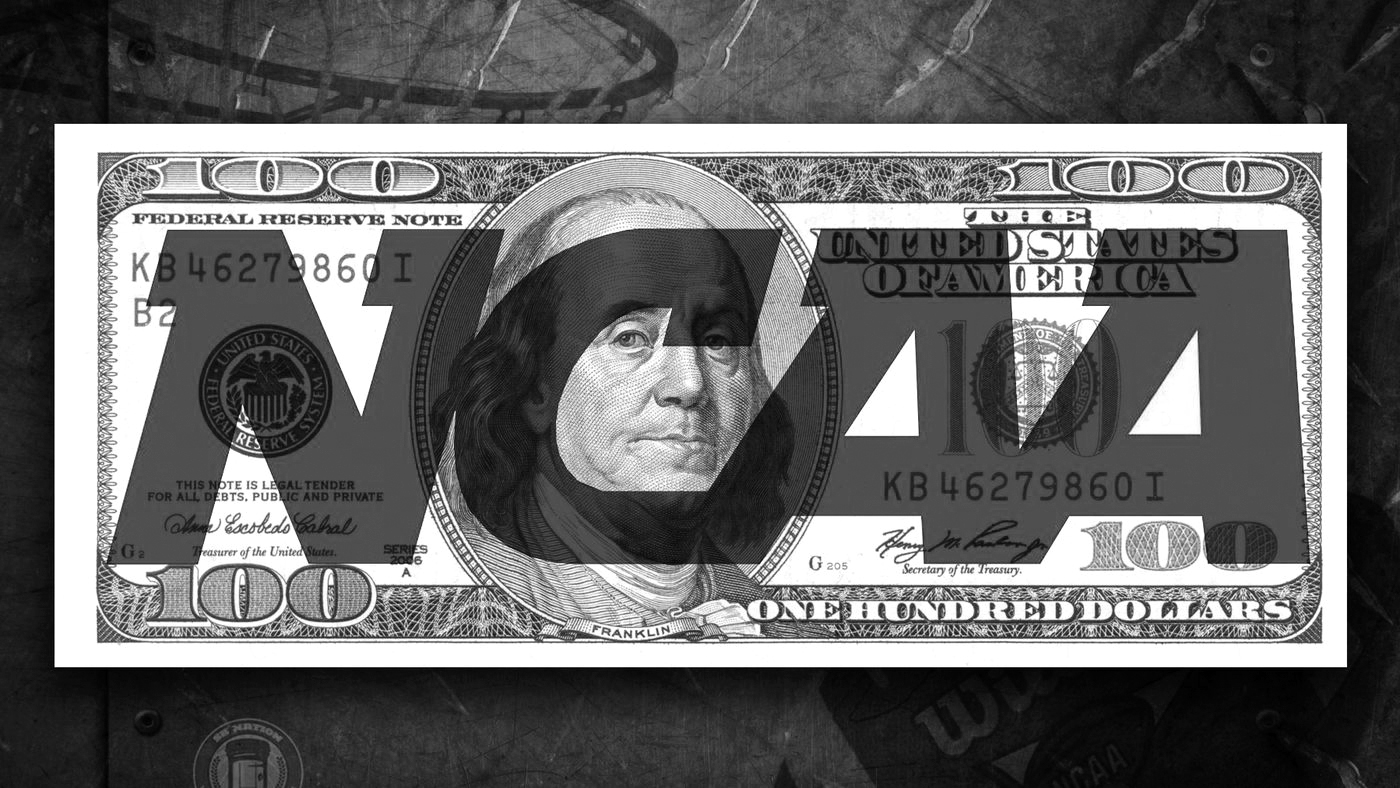October 18, 2024
The plaintiffs in the lead case, House v. NCAA, alleged that the NCAA’s rules prohibiting athletes from receiving compensation and payments was a violation of Section 1 of the Sherman Act by way of conspiracy to fix prices and group boycott or refusal to deal. House also raised issues about the lack of compensation to the athletes in connection with the TV broadcast revenue generated by their performances.
The parties submitted a motion for preliminary approval for a settlement agreement. On October 7th, Judge Wilken granted preliminary approval of the settlement after the judge had previously urged the parties to reconsider the provision concerning third-party NIL payment restrictions. There remains a possibility that the approved settlement could still be challenged at the U.S. Court of Appeals for the Ninth Circuit and then at the U.S. Supreme Court, an indication that there may be obstacles that still need to be resolved before Judge Wilken potentially grants final approval of the agreement.
If the settlement agreement withstands judicial scrutiny, it will obligate the NCAA and member schools to pay athletes and former athletes approximately $2.8 billion, which includes a TV revenue-sharing system.
Under the agreement, the NCAA and Power Five conference schools, the five most prominent and influential conferences in Division 1 (D1) football, will pay $2.6 billion in damages to multiple classes of athletes as “back pay” due to these athletes being deprived of NIL opportunities and revenue sharing. NIL is a term for an athlete’s right to profit from the use of their name, image and likeness. The overarching class of athletes eligible for these retroactive payments includes athletes who played Division I sports from 2016 through present day. Football players are expected to obtain around 75 percent of the money. Additionally, the 27 non-Power Five conferences and their member schools are expected to be responsible for about $990 million in costs. Members of the former Power Five conferences, in contrast, will pay around $664 million, with the NCAA paying the remainder.
NCAA member institutions will be allowed to share 22 percent of the average annual power conference revenue, stemming from media rights, ticket sales, sponsorships, etc., with their student-athletes every year. Importantly, the revenue sharing plan is permissive and allows for any and all DI schools to participate if they have the funds. There is no requirement that any DI schools participate.
For third-party payments, the NCAA is not permitted to implement rules that would prohibit payment to D1 athletes, who belong to the highest level of college sports competition in the country. However, there appears to be two practical exceptions to that rule.
First, the NCAA and its conferences will be permitted to impose rules that prohibit NIL collectives—booster parties who are independent from the school—from engaging in and/or entering into NIL agreements with or for the benefit of current or prospective student-athletes at a given member institution unless the NIL agreement possesses a “valid business purpose related to the promotion or endorsement of goods or services provided to the general public for profit” and compensates the athlete at “rates and terms paid to similarly situated individuals with comparable NIL value who are not current or prospective student-athletes at the Member Institution.”
This provision could give rise to immediate litigation brought by NIL collectives, marketing agencies and/or athletes who opt out of the agreement. The provision could likely have a major impact on current NIL collectives as well, which are typically set up under IRS Code Section 501(c)(3), because the rule requires endorsement “for profit.”
Second, the agreement imposes an NIL reporting requirement on NCAA member institutions and student-athletes. In an effort to ensure NIL payments relate directly to the commercial use of an athlete’s right of publicity, the settlement would obligate athletes and their schools to share with a clearinghouse information about NIL deals that exceed $600.
Further, the agreement also removes scholarship limits. Previously, schools were capped at a specific number of scholarships per sport but now under the new framework outlined in the agreement, schools can offer scholarships up to the total roster cap.
Schools could also directly pay athletes for their NIL and be allowed to be involved in entering into NIL deals with their student-athletes on the condition that they cannot try and opt out of the revenue-sharing plan and then enter into an NIL deal to pay an athlete for media rights to circumvent the salary cap limitations.
Regardless, the agreement seeks to provide the NCAA with at least some regulatory oversight by allowing the NCAA to implement some NIL restrictions without fear of participating parties suing them in class actions on antitrust grounds in the future.
The article in its original form can be found here and updates on the article can be found here and here.
AJ Rudowitz (LAW ’17) and Bryan Shapiro (LAW ’20) are associates at Duane Morris in Philadelphia primarily focusing their work on antitrust and competition, non-compete/trade secrets, and sports and the healthcare industry.
